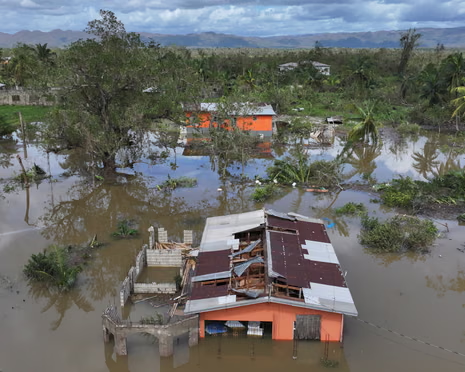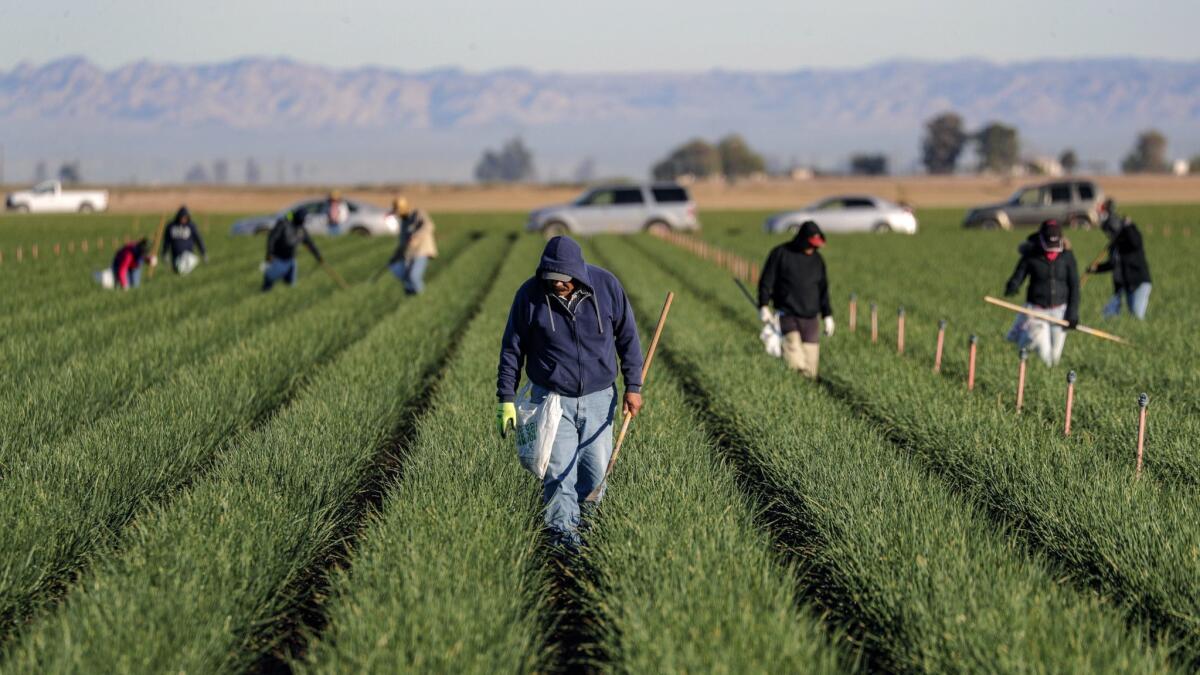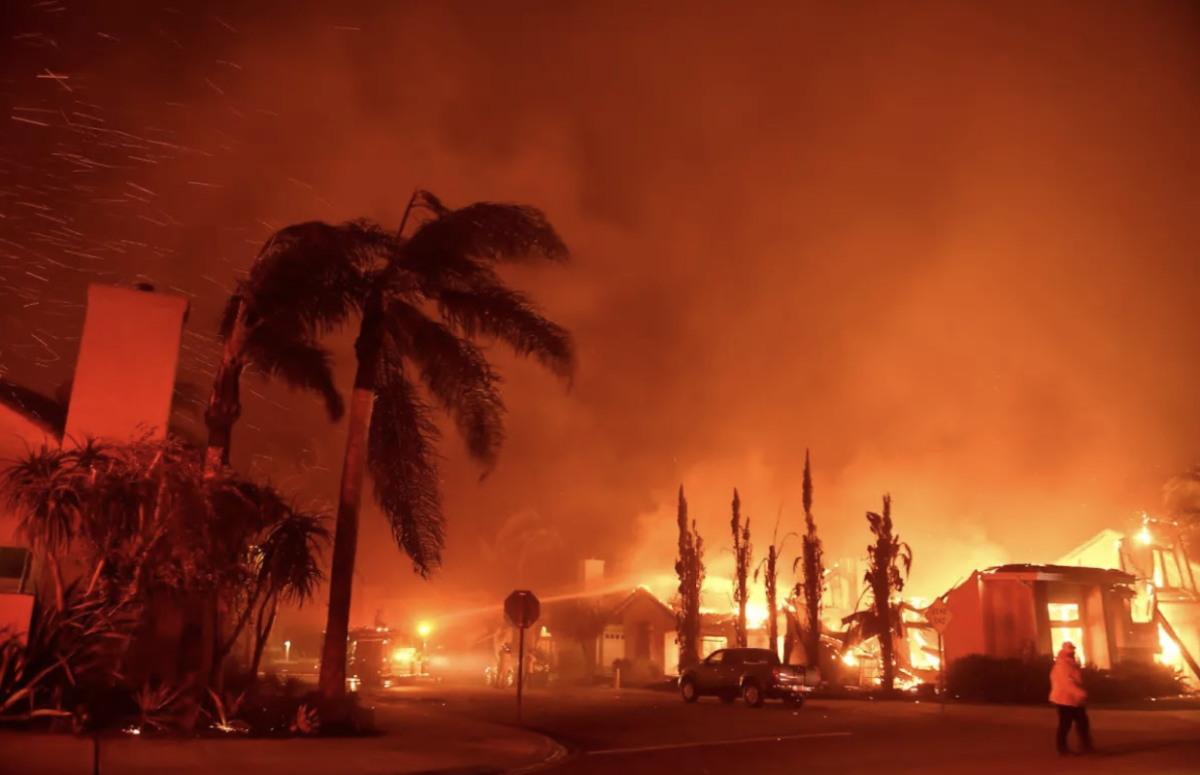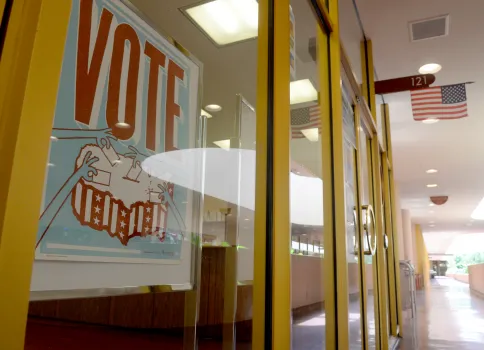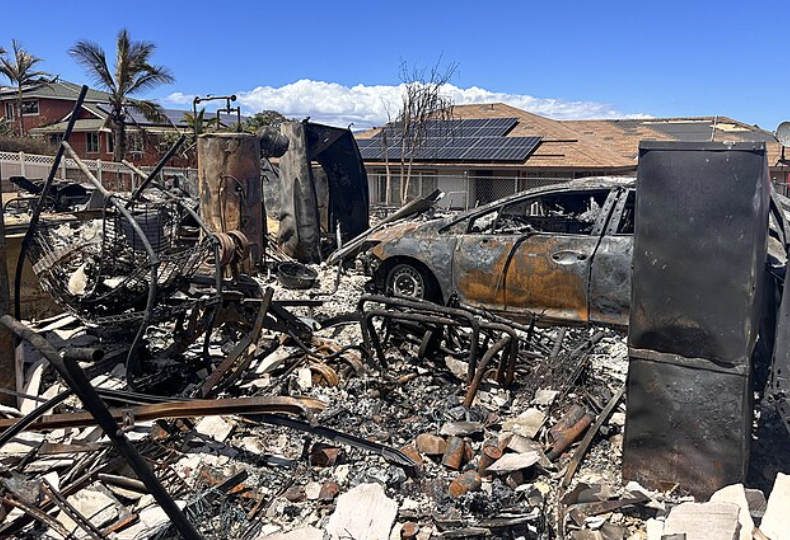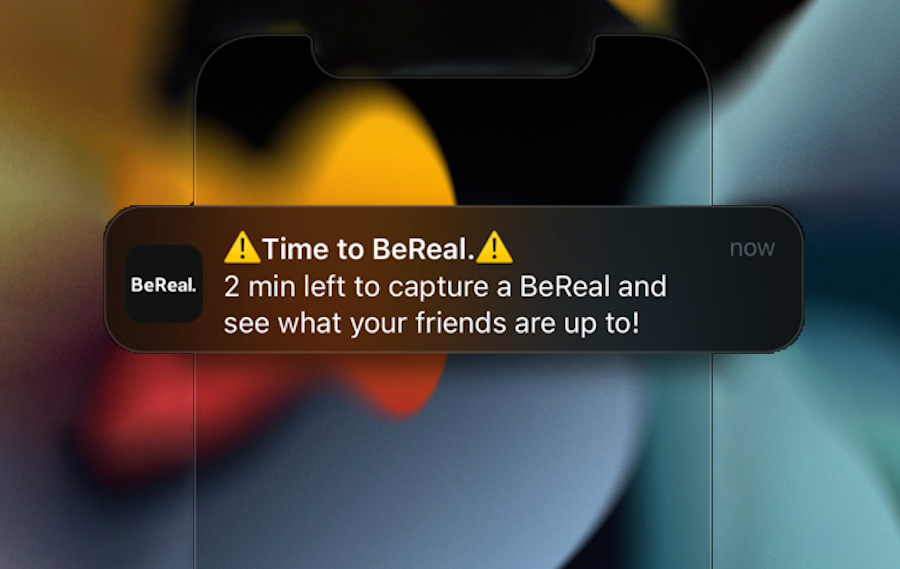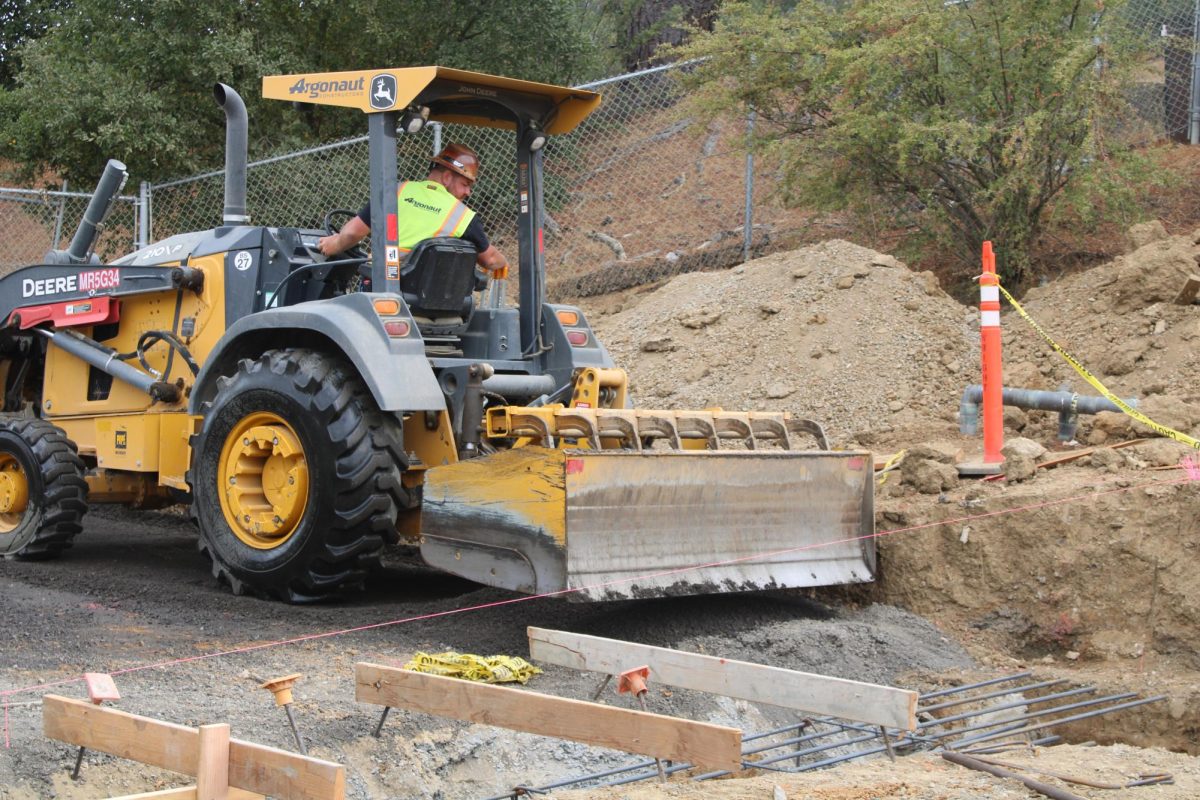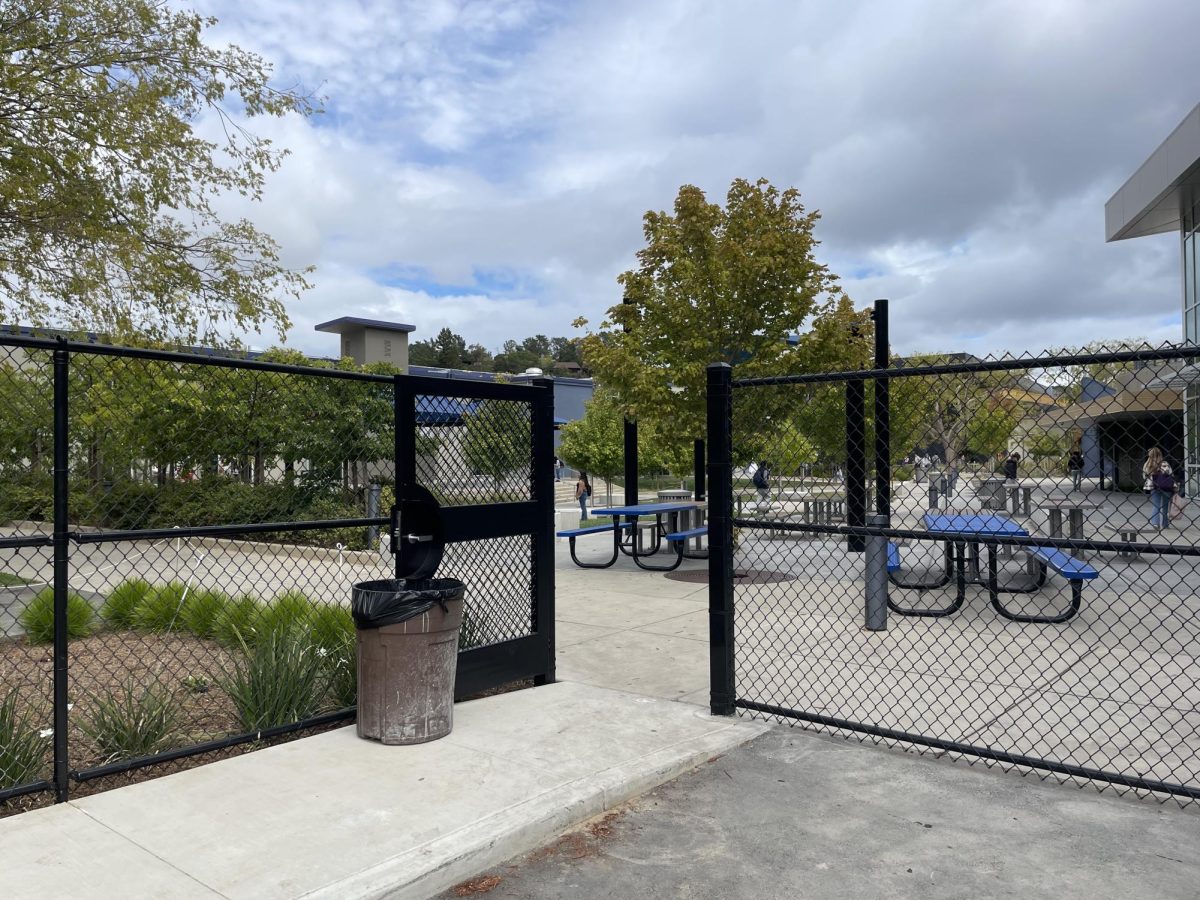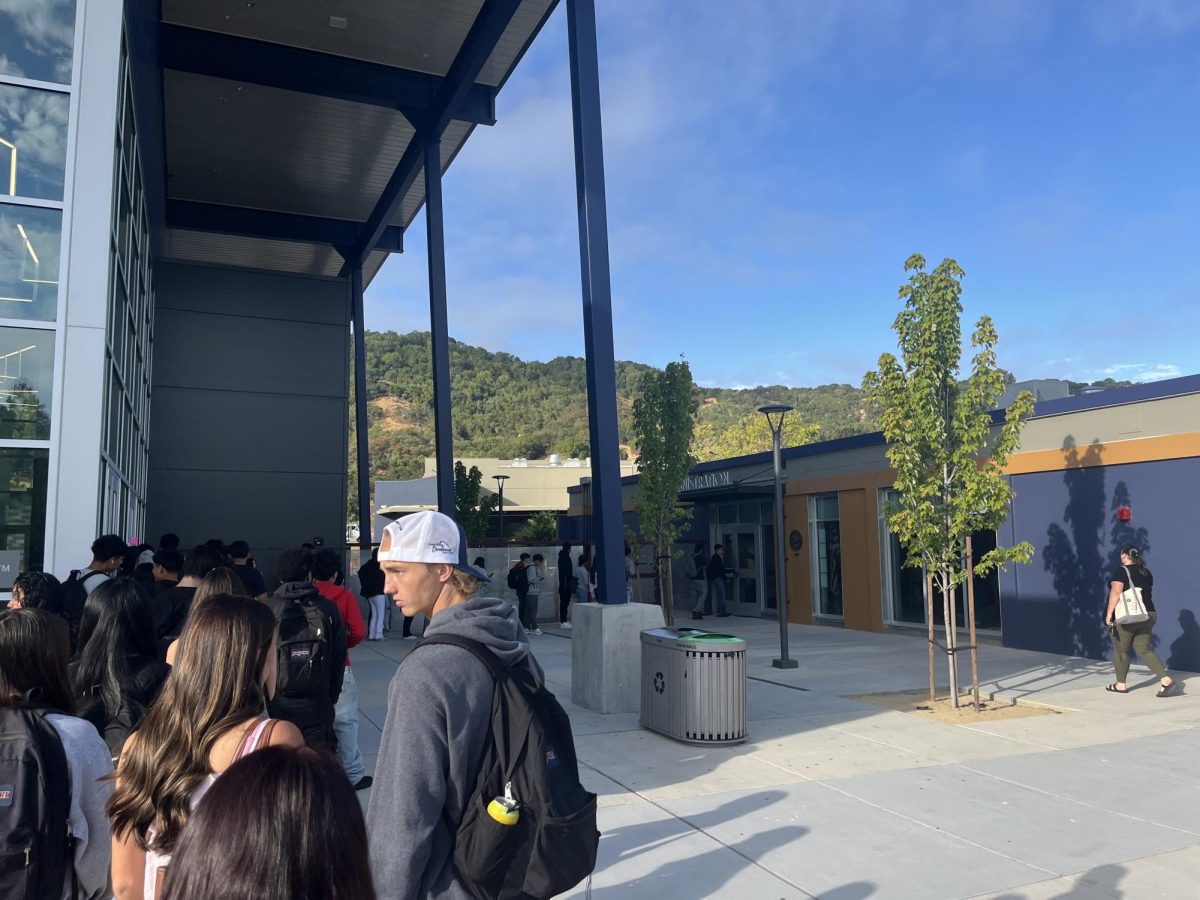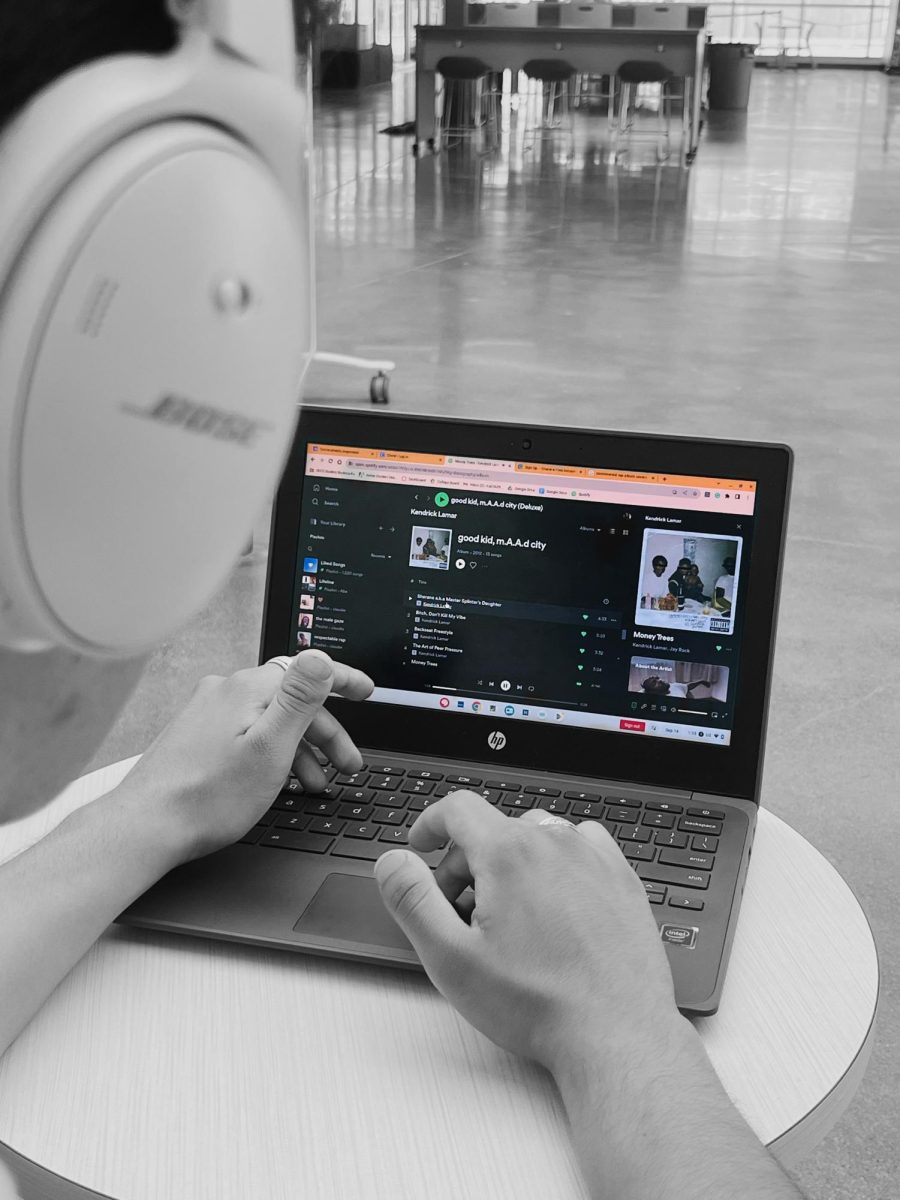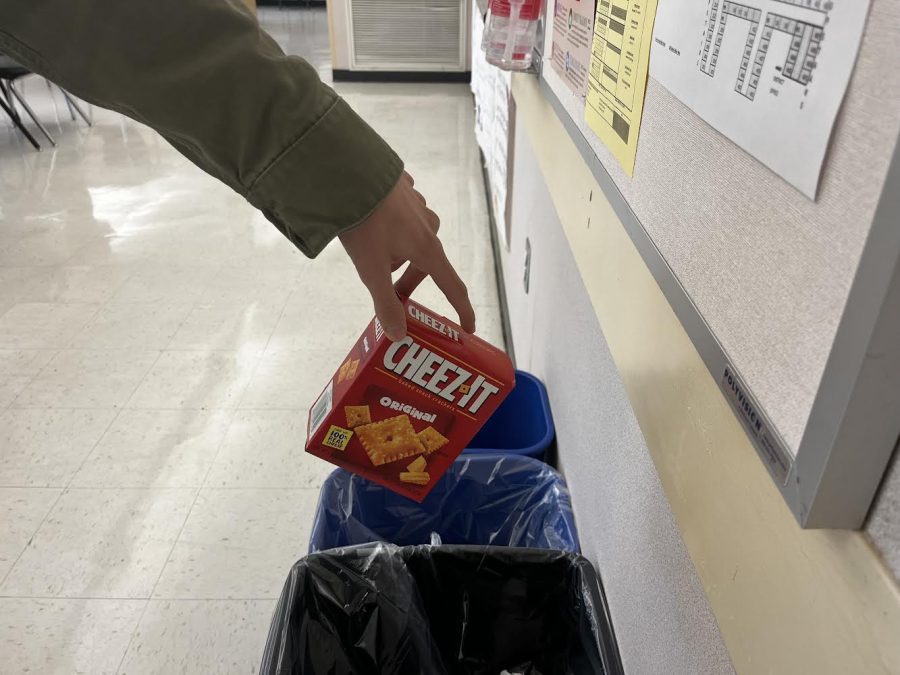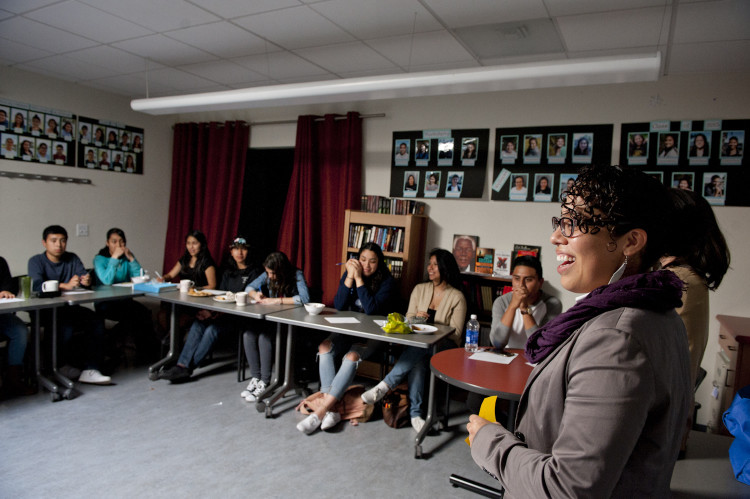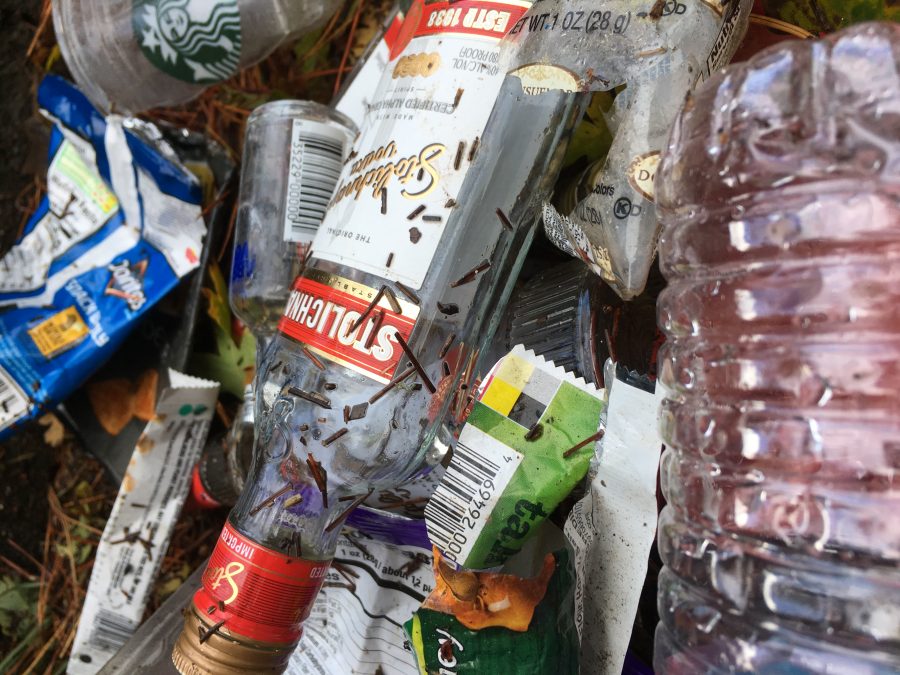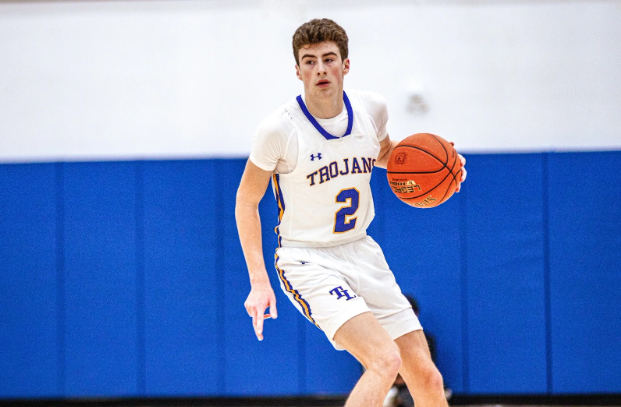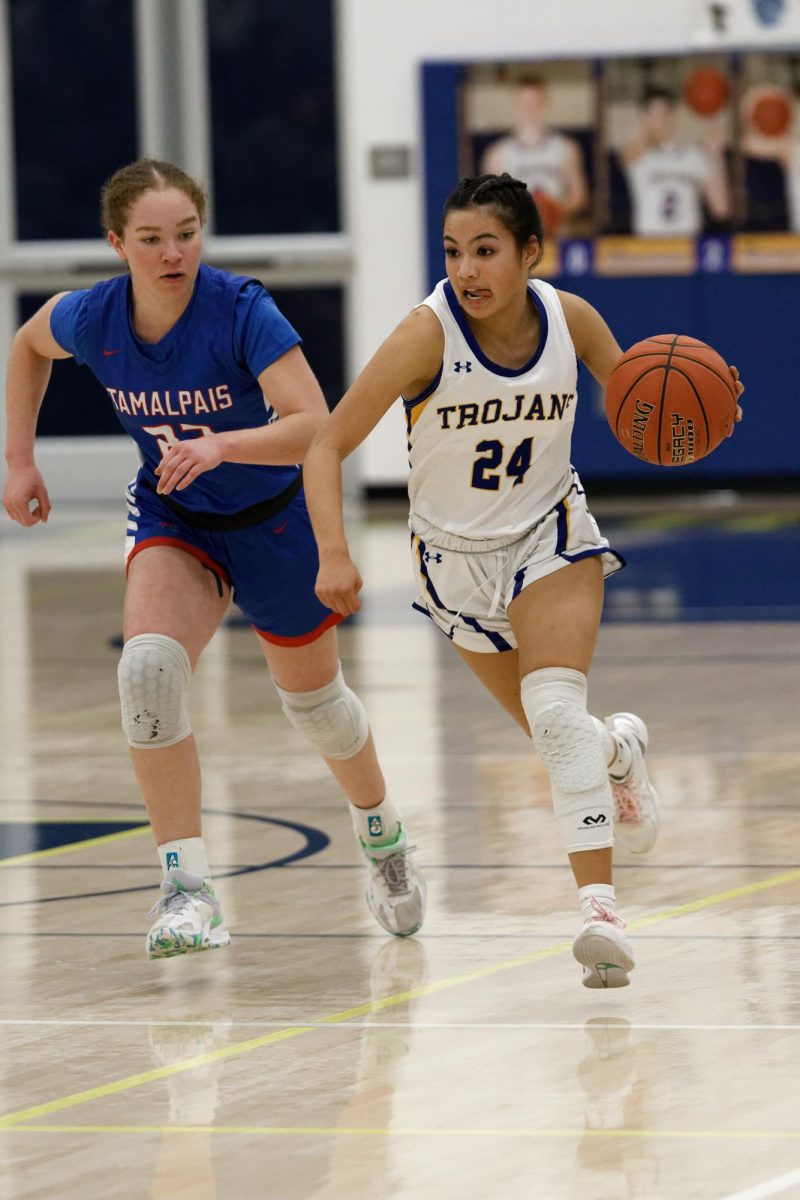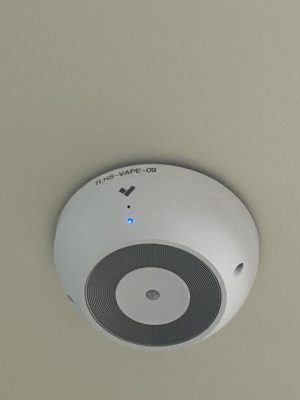Bomb Threats in Marin
October 20, 2017
September 19, 2017 at 9AM: Redwood High School Principal, David Sondheim announced a school wide lockdown due to a bomb threat against the school. In 2012, the same thing happened at Terra Linda High School. On the morning of August 30, 2012, someone called the school stating that “there was an explosive in one of the bathrooms.”
According to Security Magzine.com the 2015-2016 school year saw 1,267 bomb threats across the United States. Ever since the Sandy Hook shooting in 2012, there have been 242 school shootings in America according to, everytownsearch.org. The first school shooting in America happened when an ex Marine shot up University of Texas in Austin, Texas. The Columbine shooting followed, happening on April 20, 1999, and afterwards it became a sick “joke” for someone to call a bomb threat to evacuate an entire school. As seen at Redwood, these “jokes” continue today.
Two students who were on the Redwood campus during the threat recounted their experience. Del Mar eighth grader, Caden Cook, touring Redwood at the time, felt safe and calm during the evacuation, whereas his twin sister was nervous and shaking. Redwood freshman, Nic Murgel, told The Voice he felt safe because the school proved to be very organized because there was an evacuation plan because adults on campus knew what to do and they directed students to the football field. Bomb threats are scary, but the best response is to stay calm and listen to directions. Students were evacuated to the football field for about four hours, while a bomb was being looked for but nothing was found.
Mr. Celli told The Voice that bomb threat procedure: “…is constantly on his mind.” Recently, Mr. Celli improved TL’s bomb procedure to make it better. A school can be threatened in many ways, whether a bomb, shooting, or fire. Threats are usually left on the school’s voicemail machine or answered if the call is during office hours. The person who receives a call aims to get as much information from the caller as possible, giving enough time to start the lockdown drill and validate the call is real. The protocol for the person answering the call is as follows: When is the bomb going to explode? What will cause the bomb to explode? Where is it right now? Why is the caller threatening the school? The recipient of the call aims to get a profile on the caller. Background sounds that reveal clues are also noted. For example, if planes can be heard in the background the caller might be somewhere near an airport. After the caller hangs up, the Incident Command Center (ICS) is alerted. The ICS consists of the school’s campus security, district security, and police and fire departments. Quickly, they come together and make a plan to evacuate every person on campus.
Mr. Celli assures the easiest way to evacuate is a fire alarm, because everyone knows where to go and what to do. From there, backpacks are searched if needed. Afterwards Parents are notified after the safety of the people on campus have been confirmed by a phone call or text. The last thing that the school would need during an evacuation is 1,200 concerned parents and guardians coming onto a threatened campus, making it harder for the ICS to do their job. That’s why there is emergency pick up points for parents to pick up their children after the coast is clear and everyone is safe.
If a student came onto campus threatening the school, Celli states, “Here’s a perfect example, what would happen if you walked into an airport and you said you had a bomb? ” If someone came to school and made a threat to shoot up or bomb the school, staff would ask the same questions. Why are you doing this? What will cause it to explode? The administration would have to move quickly and calmly, not knowing if there was a trigger on the student. A staff member would call 911 in a covert way while other adults try to keep the offending student close, then evacuate the school. Finally, a police negotiator would come question the student.
Terra Linda has a plan to evacuate the campus efficiently and peacefully, in any scenario. The administration continuously updates the procedure to make it more safe and secure. Current goals include improving the emergency backpacks, updating the Incident Command Organization which is what the teachers and staff are assigned to do during the evacuation including first aid, student supervision, documentation, etc. Bomb threats are terrible and unfortunate part of the world we live in, and should be taken seriously. The safety of its students is TLs top priority, hence the always-improving evacuation and safety plan.

